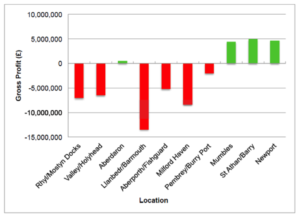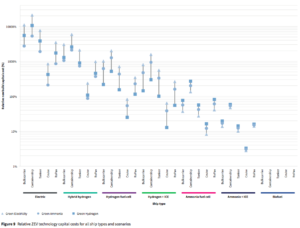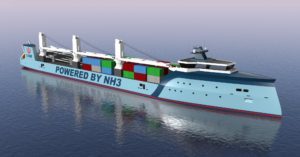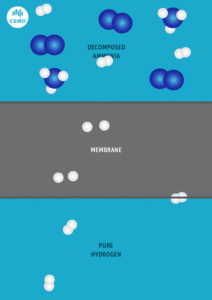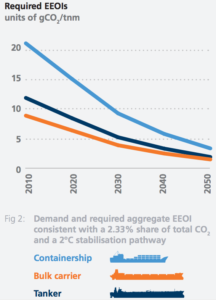Sustainable Energy for Wales: Tidal and Wind with Ammonia Storage
As part of the sustainable agenda of the UK, the government, research institutions and various enterprises have looked for options to reduce the carbon footprint of the country while ensuring energy independence for several years. As a response, one of the alternatives has been to introduce the use of marine energy via the implementation of a barrage in the Severn Estuary or the development and implementation of Tidal Lagoons located around the Welsh coast. From these alternatives, the tidal lagoon concept seems to be most feasible. Hybrid tidal and wind energy systems will produce vast amounts of energy during off-peak hours that will require the use of energy storage technologies - the size of each proposed tidal lagoon ranges close to ~1.5 GW. Currently, companies involved in the development of these complexes are thinking of batteries, pumped hydro, and ammonia as the potential candidates to provide storage for these vast amounts of energy.
